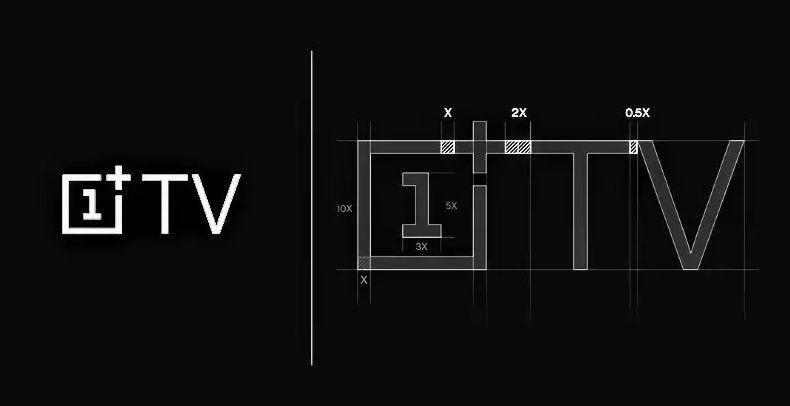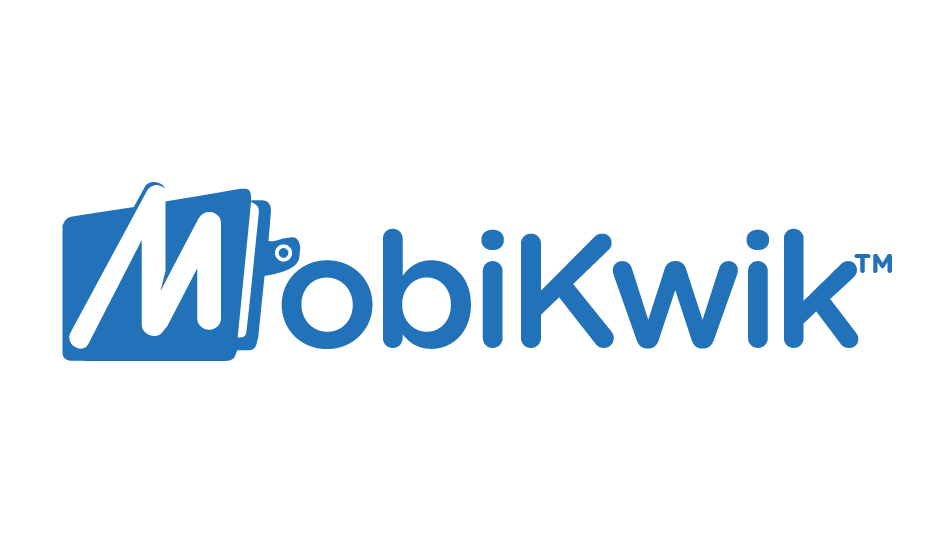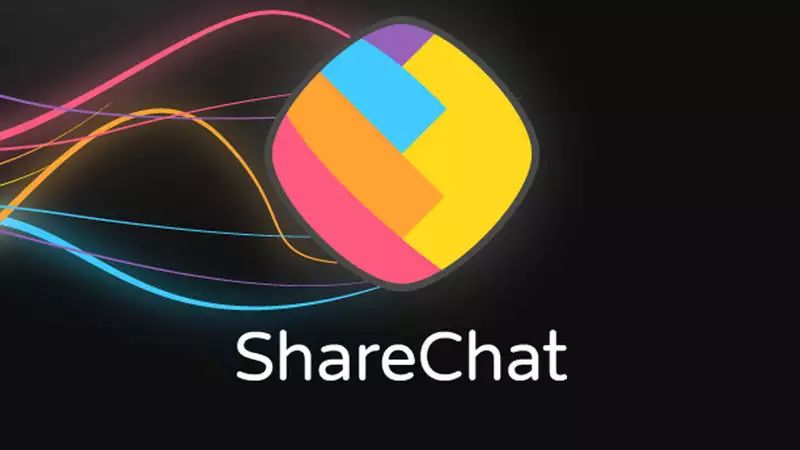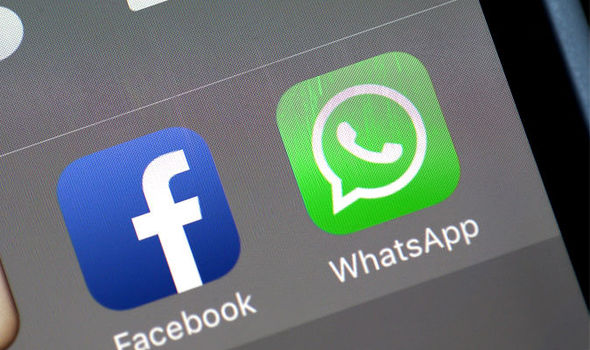The 55-inch QLED OnePlus TV Coming to India in September
OnePlus has proven its worth with its outstanding range of smartphones, specifically known for its cameras. Now the company is up to releasing the series of its LED TVs, that according to the company will be having a QLED panel. For the past couple of days, the company has been giving information about its new TV in bits, and now it has finally revealed the name of the TV, i.e. OnePlus TV.
The OnePlus CEO Pete Lau, revealed the name of the TV last week. The company had hosted a contest for the name of its new smart TV last year. But it seems that the company went simply with its trade name. There were also a few revelations about the features as well as the release date of the OnePlus TV.
Along with a blog post, the company took it to Twitter to announce the release month for the TV, i.e. September. The company also tweeted about the size of the TV and a few other features as well. Previously, the leaks suggested that the TV will be available in four different sizes, i.e. 43-inches, 55-inches, 65-inches, and 75-inches. And according to one of the tweets from OnePlus, the TV that the company will be releasing in India will be a 55 inches, that too with a QLED screen. The U.S. and China will be receiving the biggest edition of the TV, i.e. the 75 inches panel TV.

QLED display seems to be like the OLED display but is quite different from the latter. Q-LED stands for quantum-dot light-emitting diode. Basically, in OLED, every pixel emits their own light, whereas, QLED still works on the backlighting. QLED TVs have been the most significant part of the Samsung TV series, and now, we will see how the OnePlus TVs perform in the market for the company. The rumours also suggest that the TV may have 4K as well as 8K resolution with HDR.
For the sale of the TV, the company has partnered with Amazon and has included a ‘Notify Me’ button on Amazon’s OnePlus TV page. So the users need to login and click on the button, to stay updated with the new updates about the TV.
The TV will also render support for Bluetooth 5.0, and the company claims that the users will get the “unique Android TV experience” with the new OnePlus TV. Since there is a mention about Android, the smart TV from OnePlus may run on the Android Pie and include some of the Android apps in it. It is also expected that the TV may support a 3GB RAM.
“I am confident that there are many things that you can expect from OnePlus TV. Image and sound quality are fundamental that we must get right. Alongside these key essentials, I believe the TV’s remarkable design and smart interconnectivity make this product even more exciting,” Lau said.

Yashica is a Software Engineer turned Content Writer, who loves to write on social causes and expertise in writing technical stuff. She loves to watch movies and explore new places. She believes that you need to live once before you die. So experimenting with her life and career choices, she is trying to live her life to the fullest.







